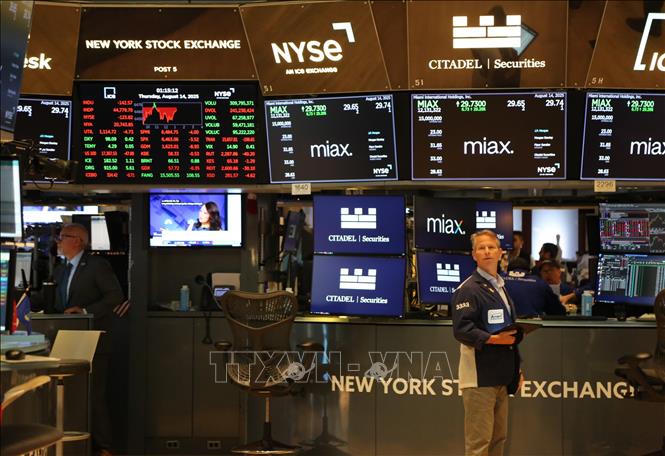
This development also occurred in the context of Federal Reserve Chairman Jerome Powell warning that stock valuations may be pushed too high and the market waiting for inflation data released later this week.
Investors are trying to figure out the next direction of interest rates as the Fed looks to support an economy that is showing signs of weakness in the labor market without stoking inflationary pressures. Earlier this week, all three major Wall Street indexes and the small-cap Russell 2000 closed at record highs for the first time in years. Against that backdrop, Powell said stock prices “seem to be quite high” and stressed that the Fed will have to “walk a tightrope” in its upcoming policy decisions as the Fed remains divided on how much to ease monetary policy.
Some experts said Mr. Powell's remarks were reminiscent of former Fed Chairman Alan Greenspan's famous warning in 1996 about "irrational exuberance" that had driven up stock prices.
The Fed’s rate cut last week helped lift markets in September – a dismal month for stocks – and investors now expect the easing cycle to continue to sustain the rally.
At the end of the session on September 25, the Dow Jones index decreased by 171.50 points (0.37%) to 46,121.28 points; the S&P 500 index lost 18.94 points (0.28%) to 6,637.98 points; and the Nasdaq Composite index fell 75.62 points (0.33%) to 22,497.86 points.
Some stock valuations have hit their highest levels since 2021, and if they continue to rise, the market could reach levels not seen since the internet bubble. Materials fell the most among the 11 S&P 500 sectors, losing 1.6%, after Freeport-McMoRan shares plunged 17%.
Energy stocks, on the other hand, rose 1.2% and led the gains as oil prices hit a seven-week high after US crude inventories unexpectedly fell.
Data released the same day showed that sales of new single-family homes in the US increased 20.5% in August 2025, far exceeding forecasts. In the corporate sector, US-listed shares of Lithium Americas almost doubled, closing at $6.01 after Reuters reported that the Trump administration was considering buying up to 10% of the company.
Market attention now turns to the personal consumption expenditures (PCE) index – the Fed's preferred inflation gauge – due later this week.
At the end of the trading session on September 24, the VN-Index increased by 22.20 points (1.36%) to 1,657.46 points. The HNX-Index increased by 4.27 points (1.56%) to 277.28 points.
Source: https://baotintuc.vn/thi-truong-tien-te/chung-khoan-my-giam-diem-phien-thu-hai-lien-tiep-20250925072958589.htm


![[Photo] General Secretary To Lam attends the 8th Congress of the Central Public Security Party Committee](https://vphoto.vietnam.vn/thumb/1200x675/vietnam/resource/IMAGE/2025/10/4/79fadf490f674dc483794f2d955f6045)



![[Photo] Bustling Mid-Autumn Festival at the Museum of Ethnology](https://vphoto.vietnam.vn/thumb/1200x675/vietnam/resource/IMAGE/2025/10/4/da8d5927734d4ca58e3eced14bc435a3)
![[Photo] Solemn opening of the 8th Congress of the Central Public Security Party Committee, term 2025-2030](https://vphoto.vietnam.vn/thumb/1200x675/vietnam/resource/IMAGE/2025/10/4/f3b00fb779f44979809441a4dac5c7df)




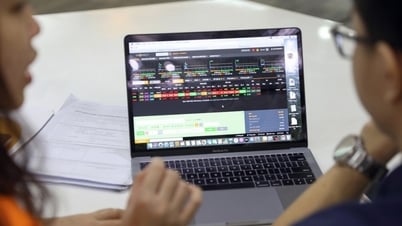



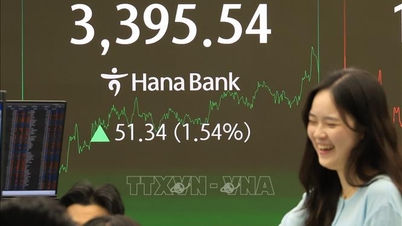
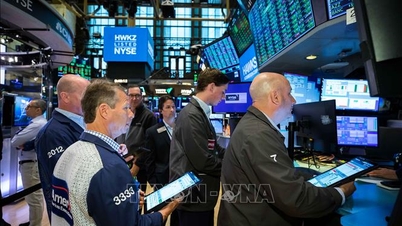













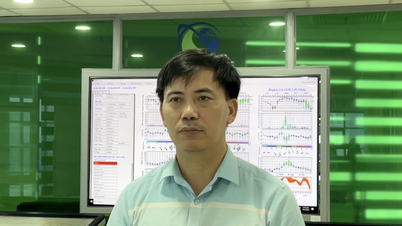




























![[VIDEO] Summary of Petrovietnam's 50th Anniversary Ceremony](https://vphoto.vietnam.vn/thumb/402x226/vietnam/resource/IMAGE/2025/10/4/abe133bdb8114793a16d4fe3e5bd0f12)
![[VIDEO] GENERAL SECRETARY TO LAM AWARDS PETROVIETNAM 8 GOLDEN WORDS: "PIONEER - EXCELLENT - SUSTAINABLE - GLOBAL"](https://vphoto.vietnam.vn/thumb/402x226/vietnam/resource/IMAGE/2025/7/23/c2fdb48863e846cfa9fb8e6ea9cf44e7)































Comment (0)